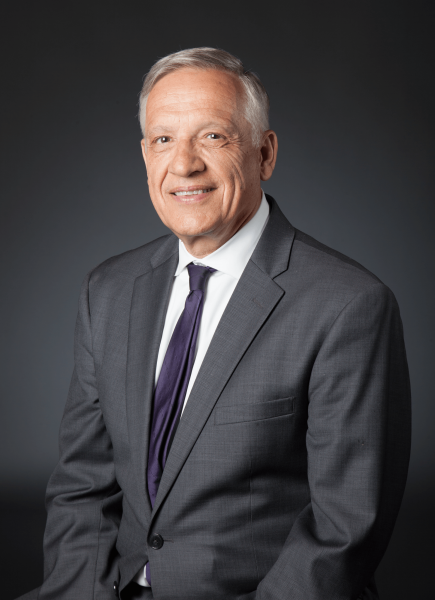Dean’s Message: A New Computer Science Building…with Humans at the Center
 As I write this, the fall semester at USC has ended, entirely in an online modality. Faculty, students and staff adjusted remarkably well to the raging pandemic by transitioning effectively and efficiently to an unusual online mode, distant and close at the same time, enabled through the might of technology. We configured innovative new ways to pursue engineering education and research under constraints we had never imagined.
As I write this, the fall semester at USC has ended, entirely in an online modality. Faculty, students and staff adjusted remarkably well to the raging pandemic by transitioning effectively and efficiently to an unusual online mode, distant and close at the same time, enabled through the might of technology. We configured innovative new ways to pursue engineering education and research under constraints we had never imagined.
Yet the absence of in-person interaction was felt profoundly. In an experiment that was unwittingly performed by billions of people around the world during the COVID-19 pandemic, we learned how important technology is to bring us together. But we also learned how irreplaceable in-person interaction is.
Which brings me to the Dr. Allen and Charlotte Ginsburg Human-Centered Computation Building. Announced in January 2020, this new jewel on our campus will be the first building that will capture the essence of human, in-person interaction for discovery, innovation, creativity and learning, designed for a world with post-pandemic experience and, hopefully, wisdom. It will also be aimed to address the next looming global challenge, sustainability — all within the context of being the center at USC of all human-centric computing.
The symbolism of timing weds that of location. To be located adjacent to two existing buildings, the Ray Irani Hall for Molecular and Computational Biology and the Michelson Hall for Convergent Bioscience, the Ginsburg Human-Centered Computation Building will create a powerful trifecta, in a convergence space, reflecting the powerful connections between computing and medicine, health technology and biology. Is there any question that the extraordinary progress made in the discovery and manufacture of the COVID-19 vaccine benefited immensely from the combination of computing, engineering and technology that shortened discovery times, accelerated clinical trials and made distributions efficient and optimal? We can only imagine the incredible further synergies in teaching and research between these three locations of concentrated talent and resources and the powerful promise they have to solve long-standing problems in human health.
But the Ginsburg Building’s focus will be on the more general goal to advance computer science’s role in improving and benefiting society at large, through areas including artificial intelligence, machine learning, robotics and more. By housing computer science at USC, a program ranked among the best in the world, it will also benefit generations of computer scientists and engineers, researchers, scholars and students who will have a new place to call home.
This building would not have been possible without the amazing generosity of Dr. Allen and Charlotte Ginsburg. Only three years ago, in May 2018 they made their first gift to USC to support the USC Institute for Biomedical Therapeutics, an outgrowth of the very successful Engineering Research Center on BioMimetic Electronic Systems, directed by University Professor Mark Humayun. Little less than two years later, they provided the naming gift for the Ginsburg Human-Centered Computation Building.
We are immensely thankful to Allen and Charlotte for their unshakeable faith in the ability of scientists and engineers to address big, grand challenges, in their trust that this can best be done in a place like the USC Viterbi School of Engineering, and in their partnership with our mission to engineer a better world for all humanity.
![]()



